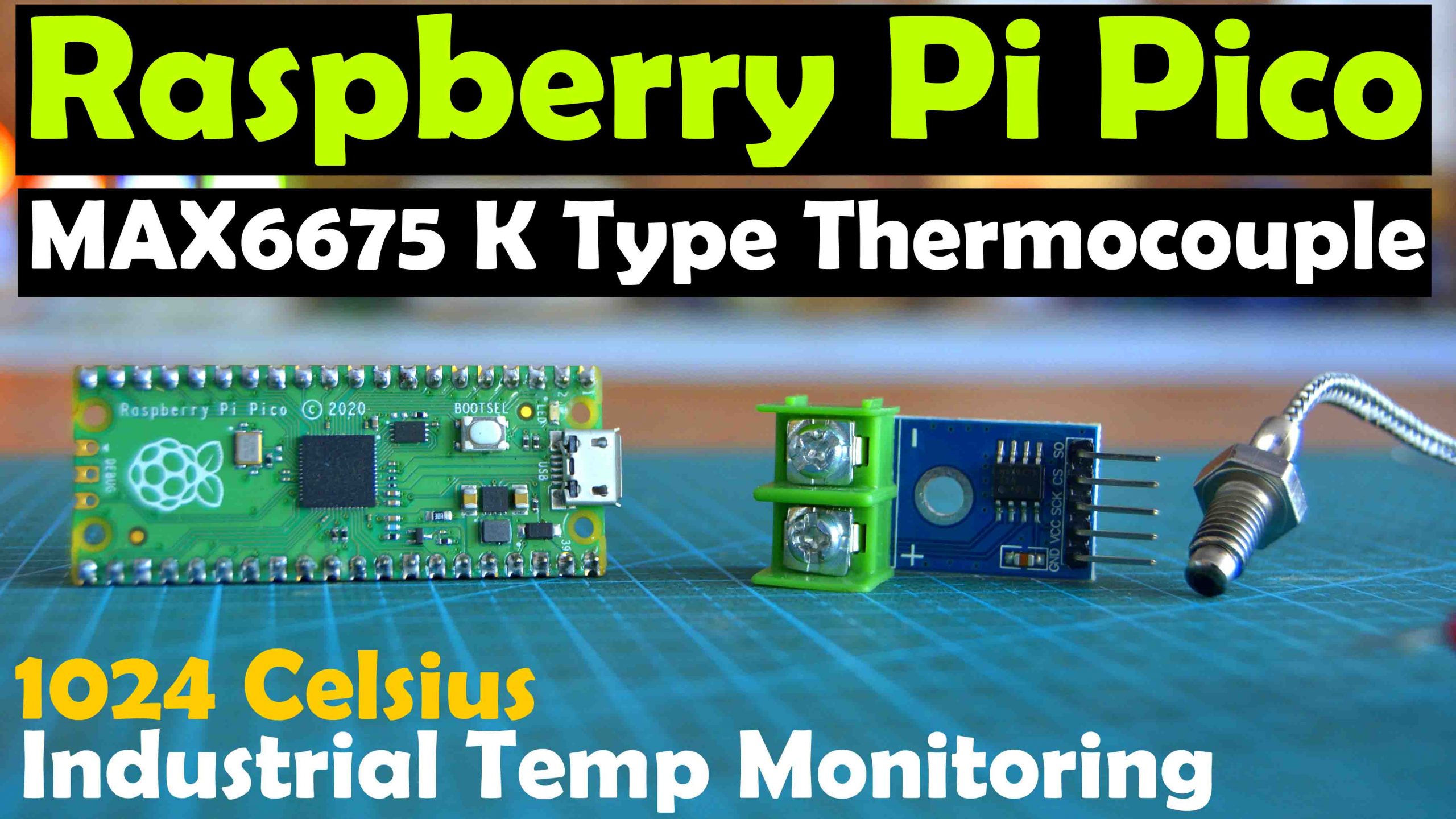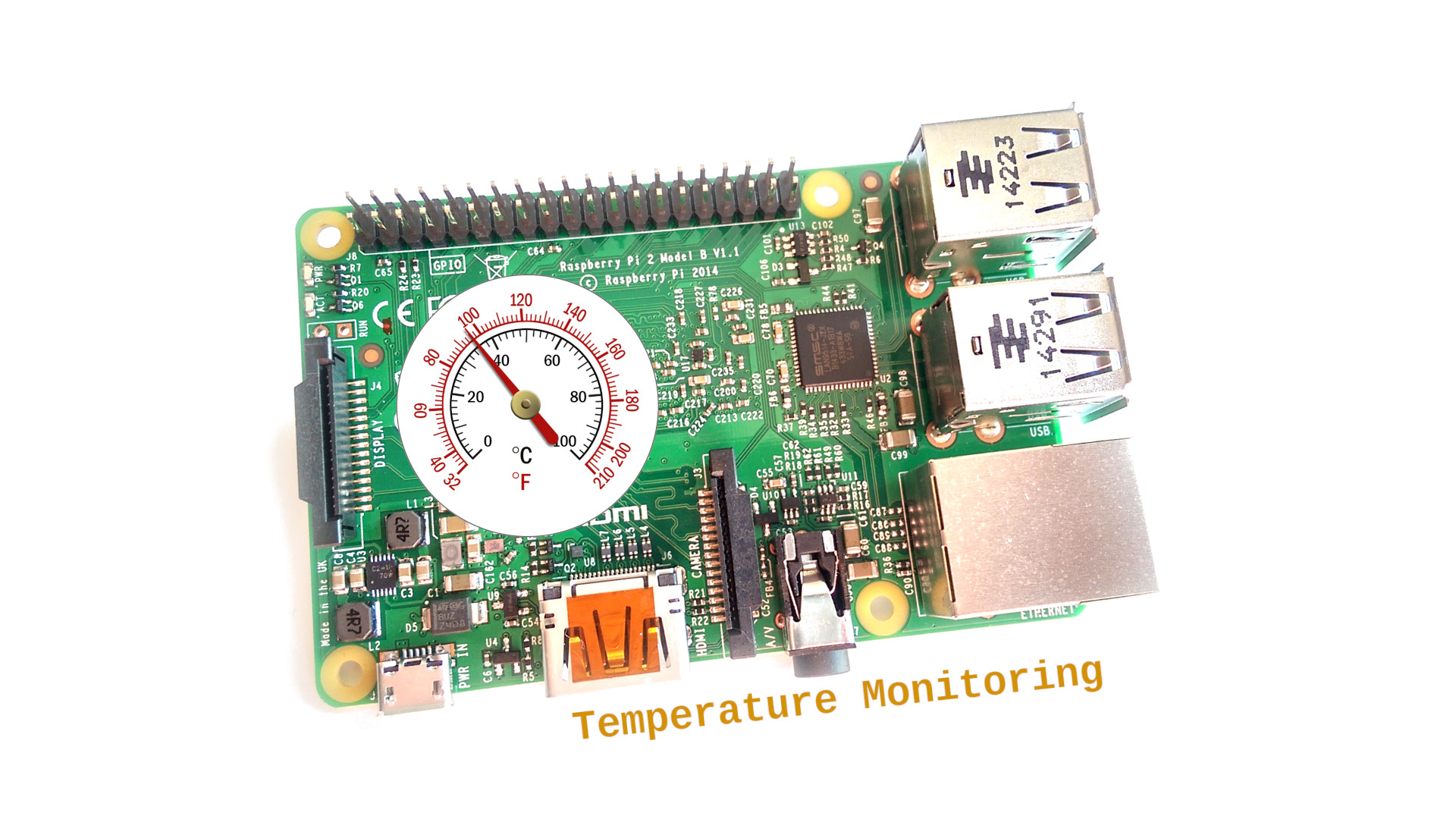Imagine having the power to monitor your IoT devices from anywhere in the world, all for free! With Raspberry Pi as your trusty sidekick, you can set up a remote monitoring system that’s both budget-friendly and highly effective. In this article, we’ll dive deep into how you can harness the capabilities of Raspberry Pi to create a free remote IoT monitoring system that works like a charm.
Remote monitoring has become a buzzword in the tech world, and for good reason. Whether you're a hobbyist tinkering with smart home projects or a professional managing critical infrastructure, the ability to keep an eye on your IoT devices remotely is invaluable. The best part? You don’t need to break the bank to get started.
Raspberry Pi, a tiny yet powerful device, is revolutionizing the way we approach IoT projects. It’s not just about building cool gadgets; it’s about creating solutions that make life easier. In this guide, we’ll walk you through everything you need to know to set up a free remote IoT monitoring system using Raspberry Pi, from the basics to advanced configurations.
- Ryan Paevey Wife A Closer Look At The Life And Love Behind The Scenes
- Unveiling The Truth Behind Montana Jordan Scar A Comprehensive Guide
Why Choose Raspberry Pi for Free RemoteIoT Monitoring?
Let’s face it—Raspberry Pi is more than just a single-board computer. It’s a powerhouse capable of handling complex tasks with ease. Here’s why it’s the perfect choice for your remote IoT monitoring needs:
- Cost-Effective: Raspberry Pi is affordable, making it accessible for hobbyists and professionals alike.
- Versatile: With its wide range of GPIO pins and compatibility with various sensors, Raspberry Pi can handle almost any IoT project.
- Community Support: A vast community of developers and enthusiasts means you’ll never be short of resources or support.
- Scalability: Start small and scale up as your project grows, without worrying about compatibility issues.
When it comes to free remote IoT monitoring, Raspberry Pi offers a unique combination of power, flexibility, and affordability that’s hard to beat. But don’t just take our word for it—let’s dive deeper into how you can set it up.
Setting Up Your Raspberry Pi for RemoteIoT Monitoring
Before we get into the nitty-gritty, let’s talk about the setup process. Preparing your Raspberry Pi for remote IoT monitoring is easier than you think. Here’s a step-by-step guide to get you started:
- Xmehle Unveiling The Hidden Gem Of The Digital Age
- Jamie Luner Unveiling The Multifaceted Persona And Her Impact
What You’ll Need
First things first, gather all the necessary hardware and software:
- Raspberry Pi (any model will do, but Pi 4 is recommended for better performance).
- MicroSD card with Raspberry Pi OS installed.
- Power supply for Raspberry Pi.
- Wi-Fi or Ethernet connection for internet access.
- Sensors or devices you want to monitor.
Once you have everything, it’s time to move on to the next step.
Installing the Operating System
Installing Raspberry Pi OS is a breeze. Follow these steps:
- Download the latest version of Raspberry Pi OS from the official website.
- Use a tool like BalenaEtcher to flash the OS onto your MicroSD card.
- Insert the MicroSD card into your Raspberry Pi and power it on.
And just like that, your Raspberry Pi is ready to rock!
Understanding RemoteIoT Monitoring
Remote IoT monitoring is all about keeping tabs on your devices from afar. But what exactly does it entail? Let’s break it down:
What Is IoT Monitoring?
In simple terms, IoT monitoring involves collecting data from connected devices and analyzing it to gain insights. This data can range from temperature readings to motion detection, depending on the sensors you use.
For example, if you’re running a smart greenhouse, you might want to monitor soil moisture levels, humidity, and temperature. With remote IoT monitoring, you can do all of this from the comfort of your couch.
Why Go Remote?
Going remote offers several advantages:
- Convenience: Check on your devices anytime, anywhere.
- Cost Savings: Reduce the need for on-site visits.
- Real-Time Data: Get instant updates on device status.
- Scalability: Easily add more devices to your network.
With these benefits in mind, who wouldn’t want to set up a free remote IoT monitoring system?
Choosing the Right Sensors
Sensors are the backbone of any IoT project. Selecting the right ones is crucial for accurate monitoring. Here are some popular options:
Temperature and Humidity Sensors
If you’re monitoring environmental conditions, sensors like the DHT11 or DHT22 are perfect. They provide reliable readings and are easy to integrate with Raspberry Pi.
Motion Sensors
For security applications, motion sensors like the PIR (Passive Infrared) sensor are a great choice. They can detect movement and trigger alerts when necessary.
Soil Moisture Sensors
Perfect for smart gardening, soil moisture sensors help you keep your plants hydrated without overwatering them.
Remember, the right sensor depends on your specific use case. Take the time to research and choose wisely.
Configuring Your Raspberry Pi for Remote Access
Now that your Raspberry Pi is set up, it’s time to configure it for remote access. Here’s how:
Enabling SSH
SSH (Secure Shell) allows you to access your Raspberry Pi remotely. To enable it:
- Open the Raspberry Pi Configuration tool.
- Go to the Interfaces tab.
- Select Enable for SSH.
With SSH enabled, you can connect to your Raspberry Pi from any device with an internet connection.
Setting Up a Static IP
A static IP address ensures that your Raspberry Pi always has the same address, making it easier to connect. Here’s how to set it up:
- Open the terminal on your Raspberry Pi.
- Edit the dhcpcd.conf file using the command: sudo nano /etc/dhcpcd.conf.
- Add the following lines, replacing the IP address with your desired static IP:
interface eth0
static ip_address=192.168.1.100/24
static routers=192.168.1.1
static domain_name_servers=192.168.1.1
Save the file and restart your Raspberry Pi for the changes to take effect.
Implementing Free RemoteIoT Monitoring
With your Raspberry Pi configured, it’s time to implement the actual monitoring system. Here’s how:
Using MQTT for Communication
MQTT (Message Queuing Telemetry Transport) is a lightweight protocol perfect for IoT applications. It allows your devices to communicate efficiently over the internet.
To set up MQTT:
- Install the Mosquitto broker on your Raspberry Pi using the command: sudo apt-get install mosquitto mosquitto-clients.
- Configure the broker to allow remote connections.
- Use MQTT client libraries to send and receive data from your sensors.
With MQTT in place, your devices can exchange data seamlessly.
Visualizing Data with Grafana
What good is data if you can’t visualize it? Grafana is a powerful tool for creating dashboards that display your sensor data in real-time.
To set up Grafana:
- Install Grafana on your Raspberry Pi using the command: sudo apt-get install grafana.
- Configure it to connect to your MQTT broker.
- Create dashboards to display your data in an easy-to-understand format.
With Grafana, you’ll have a clear picture of what’s happening with your devices at all times.
Securing Your RemoteIoT Monitoring System
Security is paramount when it comes to remote monitoring. Here are some tips to keep your system safe:
Use Strong Passwords
Make sure all accounts and services have strong, unique passwords. Avoid using easily guessable information like "password" or "123456."
Enable Firewall
A firewall adds an extra layer of protection by blocking unauthorized access. To enable it:
- Install UFW (Uncomplicated Firewall) using the command: sudo apt-get install ufw.
- Allow SSH and other necessary ports.
- Enable the firewall with the command: sudo ufw enable.
With a firewall in place, you can rest easy knowing your system is protected.
Troubleshooting Common Issues
Even the best-laid plans can encounter hiccups. Here are some common issues and how to fix them:
Connection Problems
If you’re having trouble connecting to your Raspberry Pi, check the following:
- Ensure your network settings are correct.
- Verify that SSH is enabled.
- Check for firewall rules that might be blocking access.
Data Not Updating
If your data isn’t updating in real-time, try these solutions:
- Restart the MQTT broker and Grafana services.
- Ensure your sensors are properly connected and functioning.
- Check for any errors in your MQTT client code.
With these troubleshooting tips, you’ll be back up and running in no time.
Conclusion
Setting up a free remote IoT monitoring system with Raspberry Pi is a rewarding experience. Not only does it offer valuable insights into your devices, but it also provides peace of mind knowing you can keep an eye on them from anywhere. By following the steps outlined in this guide, you’ll have a functional system in no time.
So what are you waiting for? Grab your Raspberry Pi and start building your remote IoT monitoring system today. And don’t forget to share your experience in the comments below. Who knows, you might inspire others to embark on their own IoT journey!
Table of Contents
- Why Choose Raspberry Pi for Free RemoteIoT Monitoring?
- Setting Up Your Raspberry Pi for RemoteIoT Monitoring
- Understanding RemoteIoT Monitoring
- Choosing the Right Sensors
- Configuring Your Raspberry Pi for Remote Access
- Implementing Free RemoteIoT Monitoring
- Securing Your RemoteIoT Monitoring System
- Troubleshooting Common Issues
- Unveiling The Truth A Comprehensive Look At Subhashree Sahu Leaked Mms Scandal
- Unveiling The World Of Movie Rulzcom Your Ultimate Guide To Streaming Excellence


